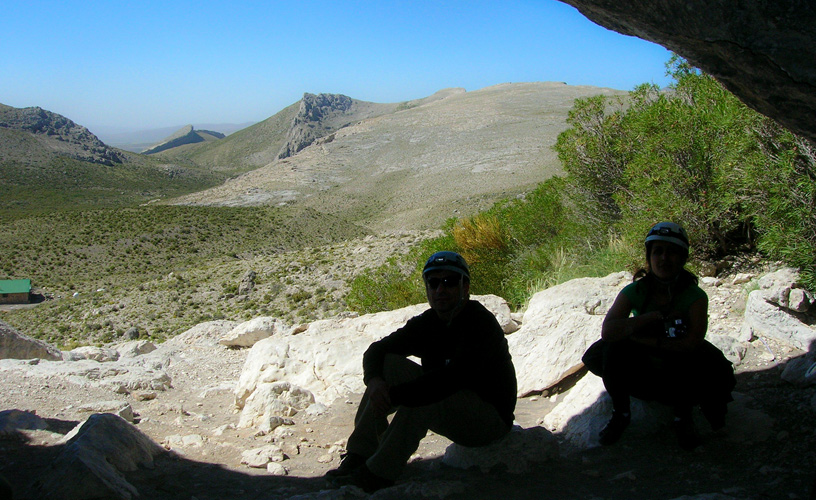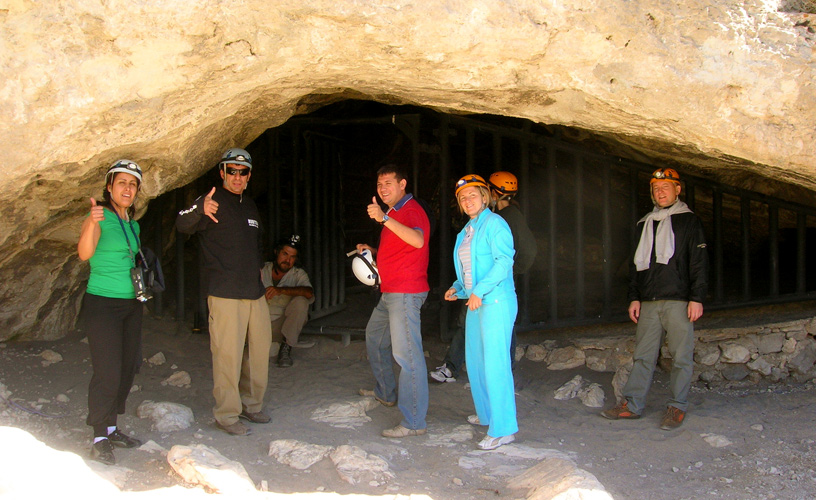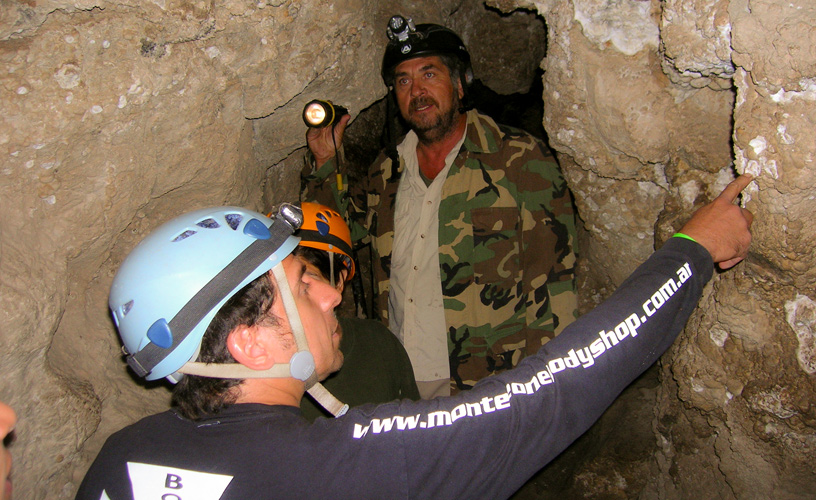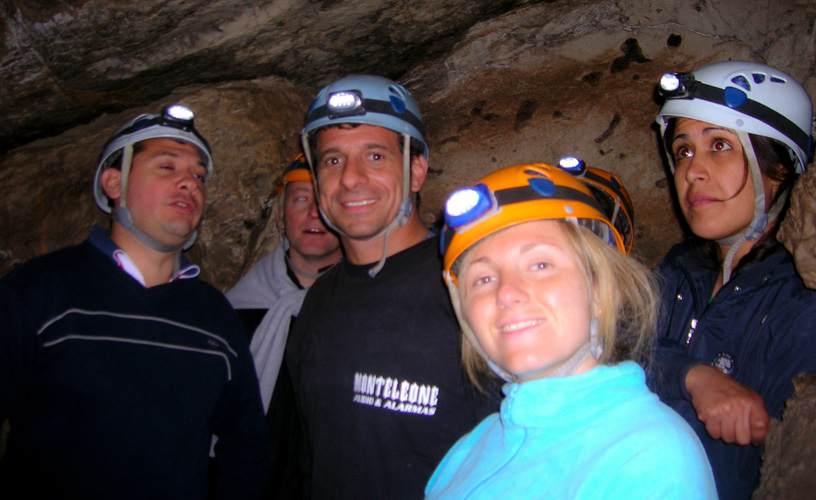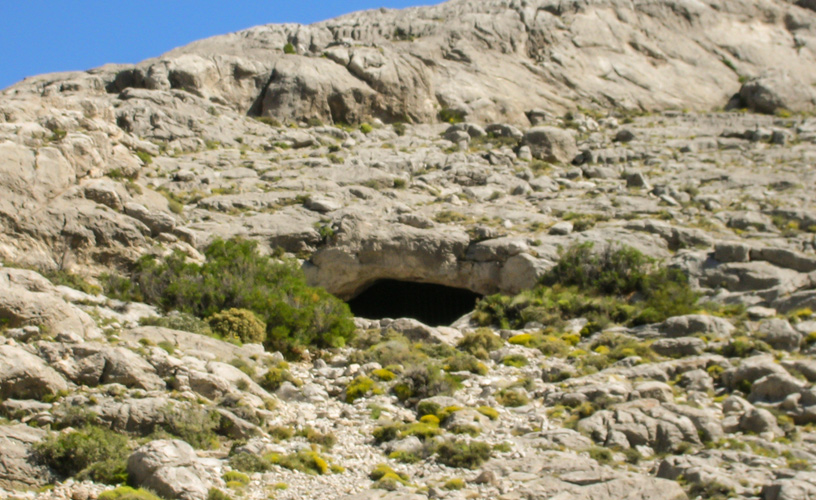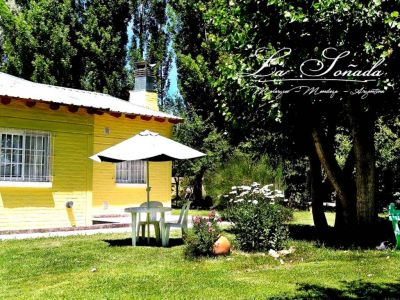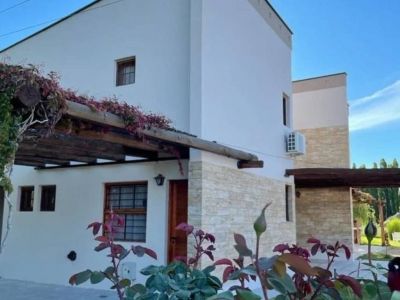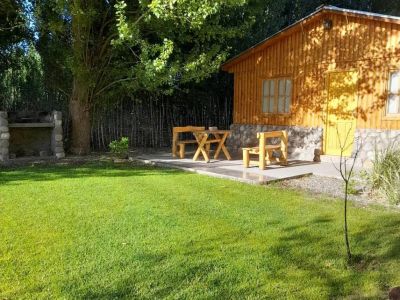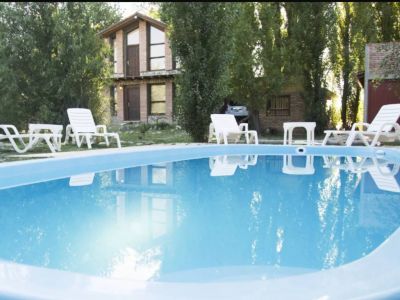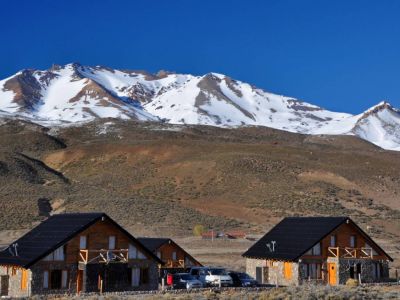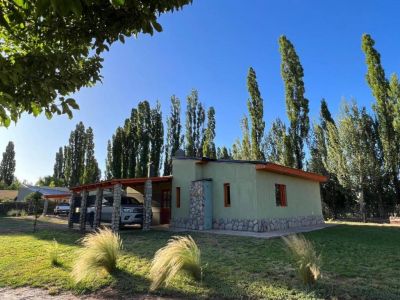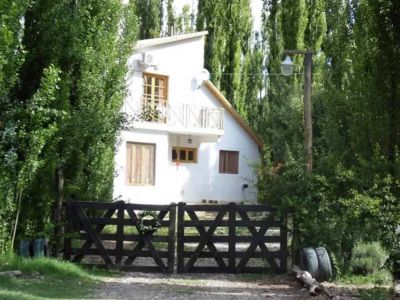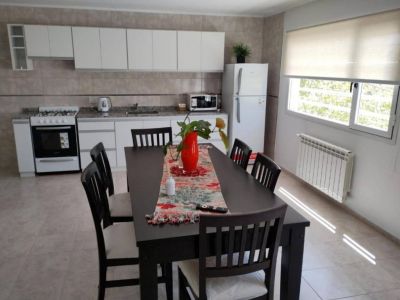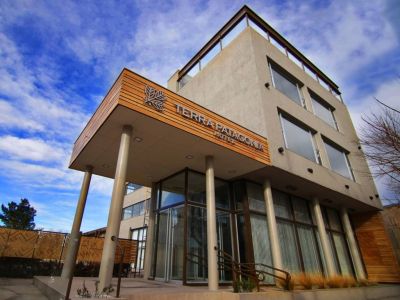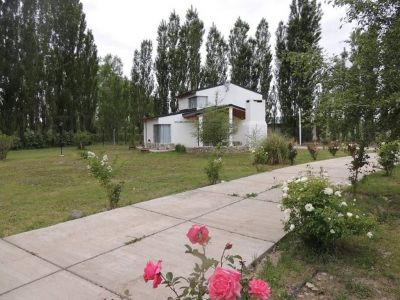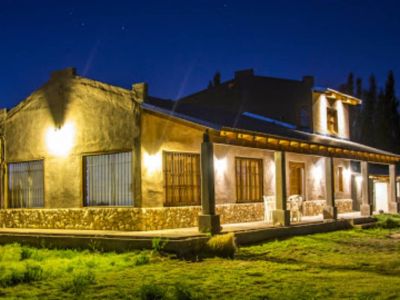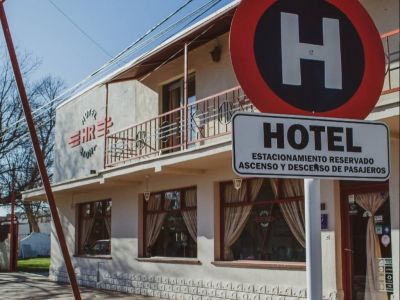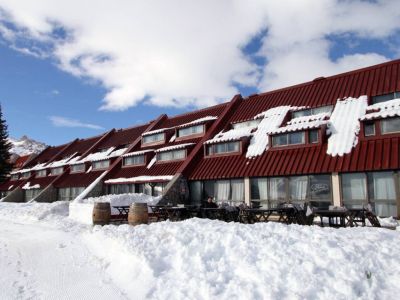We practiced speleological tourism in one of the largest caves in Argentina. Surrounded by myths and legends, we enjoyed the strange formations contained in this place.
A new adventure started with the morning sun in Malargüe. This time, we visited one of the mandatory sites in the surroundings of the city: the Witches’ Cavern.
Once again, Route 40 led us to our destination. We headed southwards and, after 75 kilometers, we came to the entrance to the cavern. This cave was declared Natural Provincial Reserve in 1990 with the purpose of protecting and regulating the tourist activities held inside it.
Many stories have been woven around this well-known cave attracting tourists from all over the world to go on an amusing speleological tour.
The legend goes that the Pehuenches natives used to celebrate rituals and dancing in the first chamber of the cave. They would light large bonfires and their shadows projected on the walls would look like ghosts, or witches.
Another version is that two women had been captured by a tribe or by slave dealers who wanted to take them to Chile. They managed to escape their captors and took shelter inside the cavern. Their feet were hurt and their moaning could be heard inside the cave terrorizing the smugglers who used to rest there. They told the locals about some weird episodes and they said that the cave was dwelled by witches.
The truth is that when visiting the cavern, the most diverse rock formations raise remarkable interest. It is important to point out that this dark and gloomy cave is one of the largest in the country, with 5,000 meters of galleries – many of them still unexplored.
After recording our names at the park ranger’s office, we began to go up until we reached the entrance to the cavern, which is located on Mount Moncol, 1,800 m.a.s.l. Our guide provided us with safety helmets and front lights to enter the cave.
Without hesitating, we set out along its dark and humid corridors. The first chamber is a large vault called Sala de la Virgen (the Virgin’s Chamber), due to a stalagmite that resembles the mother of Christ. The site we visited is made up of lime rocks of sea origin, corresponding to the Jurassic period, which give shape to an extraordinary setting that continued to amaze us.
We continued walking with our torches on to go through the Sala del Libro (Book’s Chamber). The guide showed us the speleothems featured by the cave, namely stalactites (with the shape of a needle hanging from the ceilings), stalagmites (similar to the former but starting on the floor), the columns (formed by the union of the stalactites and the stalagmites) and the curtains.
Farther ahead and crouching down, we entered La Gatera and then la Sala del Chancho chambers. By then, we were totally astonished at the varied shapes and colors. The main composition of the cave is given by the calcium carbonate, though formations made of gypsum and opal (silica mineral) are also observed.
Our guide led us through a chamber called Boca del Tiburón (Shark’s Mouth) and then through Sala de los Corales, where the walls are upholstered in multiple colorful shades.
“The formation of the cavern has been explained as the result of the circulation of underground water streams. When the Andes Mountain Range emerged during the Tertiary Period, the entire region was modified. The lime rock adopted an almost vertical position and was filled with fissures”, the guide explained.
It seems that after the last glacier period, a great infiltration of water encouraged the extension of corridors and the formation of all the speleothems that give origin to the cavern.
The next chamber is called de Los Suspiros (the Sighs), which, as indicated by its name, took our breath away as we watched a large curtain falling on one of the sides.
Finally, we reached Sala del Encuentro (Chamber of Encounters), where all the visitors took a rest before starting our way back. We remained in the darkness for a few seconds and we rejoiced to feel ourselves immersed in the most absolute silence.
The feeling of moving about the huge cave is very hard to put into words. Playing with the torches, the darkness and watching those geologic formations dating back from millions of years ago was a fascinating experience in a place impregnated with magic, legend and beauty.
Marcelo Sola
Marcelo Sola
Phone: +54 260-4472226
